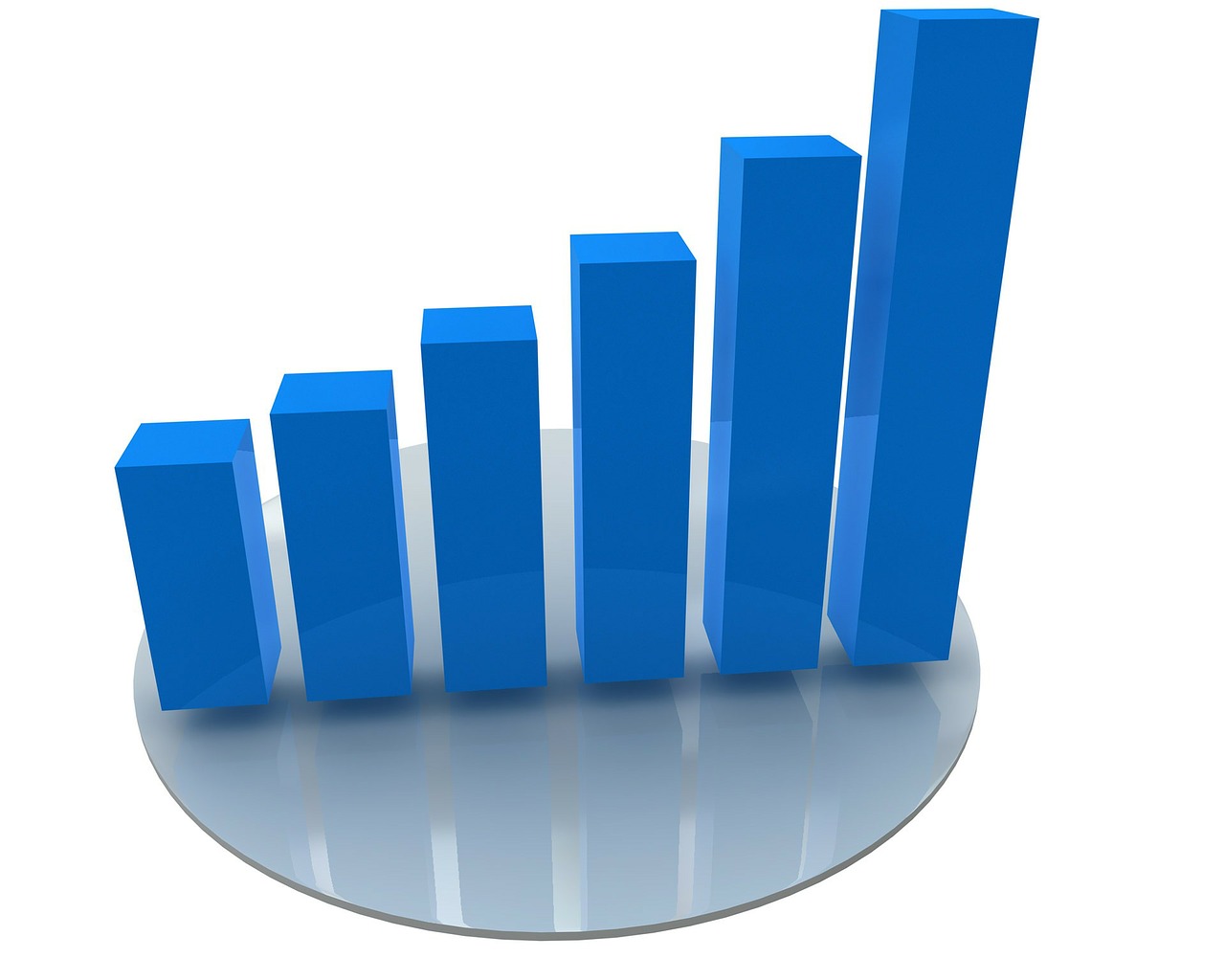In a year marked by economic recovery and challenges, the United States Consumer Price Index (CPI) has continued its upward trend, reflecting the changing landscape of the American economy.
The CPI, a key measure of inflation that gauges the average change over time in the prices paid by urban consumers for a market basket of consumer goods and services, has seen a notable increase. This trend aligns with the broader global economic patterns of recovery post-pandemic, coupled with supply chain disruptions and increased consumer demand.
Throughout the year, the CPI has been influenced by various factors, including fluctuating energy prices, supply chain bottlenecks, and policy decisions by the Federal Reserve. Notably, sectors such as housing, transportation, and food have experienced significant price increases, contributing to the overall rise in the CPI.
Economists have closely monitored this index as it profoundly impacts monetary policy, wage negotiations, and consumer confidence. The Federal Reserve, in particular, has paid close attention to these figures, as they play a crucial role in guiding interest rate decisions aimed at controlling inflation without hampering economic growth.
As the year progresses, experts remain focused on the CPI’s trajectory, which serves as a crucial barometer for the health of the U.S. economy. Consumers and businesses alike are adapting to the changing economic environment, with inflation remaining a key concern in fiscal and monetary policy discussions.
The U.S. Consumer Price Index’s performance this year is a testament to the dynamic and evolving economic landscape. As policymakers and stakeholders navigate these challenges, the CPI will continue to be an essential indicator of economic stability and consumer well-being in the United States.

